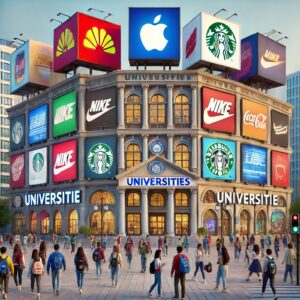From Degrees of Difficulty: The Challenge of Equity in College Teaching by David Trend, forthcoming from Worlding Book
In recent years, the premise of “evidence-based teaching” has emerged as a key strategy in addressing outcome disparities in higher education. Much like evidence-based practices in medicine and social science, this approach draws on empirical research to inform teaching methods, moving beyond practices based on personal experience or intuition. This shift represents a major change in how educators view the art of teaching itself, acknowledging that while intuition has value, it must be balanced with systematic investigation of what actually works in the classroom. The development of evidence-based teaching can be traced to the late 20th century, along with advances in cognitive science and educational psychology. As researchers gained new insights into adult learning and intellectual development, their findings found their way into the university classroom.
 The earliest educational research came from simple comparative methods. Researchers typically would divide classes into control and experimental groups, with one cohort receiving standard instruction and the other a modified version. These “split-class” experiments provided the first rigorous evidence that teaching methods could affect learning outcomes significantly. While rudimentary, these early methods established the crucial principle that teaching effectiveness could be measured and improved through systematic study rather than innate talent alone. Educators also relied heavily on pre- and post-testing, administering assessments before and after interventions to measure knowledge gain. Though simple, this proved particularly good for seeing which teaching strategies led to lasting comprehension versus short-term memorization. Besides this, some faculty maintained teaching journals for documenting their own methods and student responses, which later would be shared with others. While lacking the sophistication of conventional educational studies, these varied methods laid the groundwork for an evidence-based teaching movement asserting that teaching effectiveness could be studied and improved. Continue reading “Evidence-Based Teaching Ideas for Academic Equity”
The earliest educational research came from simple comparative methods. Researchers typically would divide classes into control and experimental groups, with one cohort receiving standard instruction and the other a modified version. These “split-class” experiments provided the first rigorous evidence that teaching methods could affect learning outcomes significantly. While rudimentary, these early methods established the crucial principle that teaching effectiveness could be measured and improved through systematic study rather than innate talent alone. Educators also relied heavily on pre- and post-testing, administering assessments before and after interventions to measure knowledge gain. Though simple, this proved particularly good for seeing which teaching strategies led to lasting comprehension versus short-term memorization. Besides this, some faculty maintained teaching journals for documenting their own methods and student responses, which later would be shared with others. While lacking the sophistication of conventional educational studies, these varied methods laid the groundwork for an evidence-based teaching movement asserting that teaching effectiveness could be studied and improved. Continue reading “Evidence-Based Teaching Ideas for Academic Equity”








